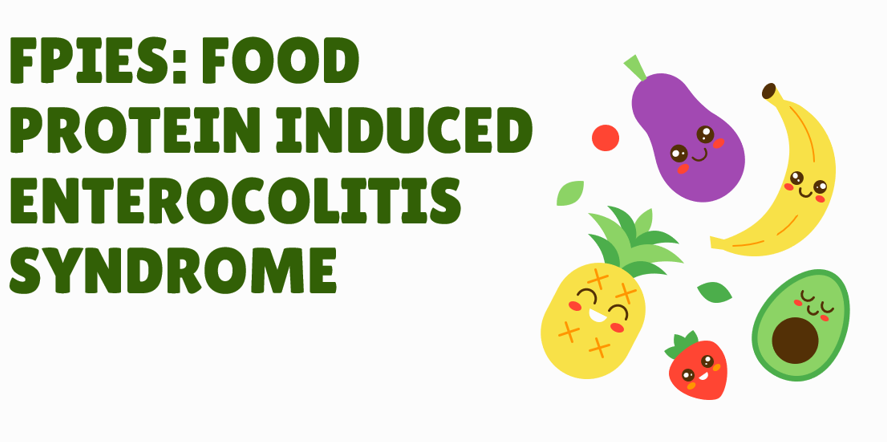Allergy and the immune response
The human immune response is designed to protect the body from pathogens (bacteria, viruses, fungi and protists). It involves cells and chemicals from different parts of the body working together to provide protection. The video below explains how the immune response works when pathogens enter the body.
For an allergy the same response is initiated but to a usually harmless substance like pollen.
Stages of the IgE mediated immune response
- An allergen, such as pollen, comes into contact with the skin or mucosa.
- This allergen triggers B-cells (a type of white blood cell) to produce IgE antibodies.
- IgE bind to the surface of mast cells, which are located in areas of the body which frequently come into contact with allergens i.e. in the skin, airways or the gut.
- The allergen binds to the attached IgE antibodies, causing the mast cells to immediately release stored histamine and other inflammatory messengers.
- The released inflammatory substances cause swelling of the skin, the production of secretions, itching, hives, or a narrowing of the airways.
Diagram to show the stages of the IgE mediated immune response:

Each IgE antibody can be very specific, reacting against certain pollens and other allergens. In other words, a person can be allergic to one type of pollen, but not another. When a susceptible person is exposed to an allergen, the body starts producing a large quantity of similar IgE antibodies. The next exposure to the same allergen may result in an allergic reaction. Symptoms of an allergic reaction will vary depending on the type and amount of allergen encountered and the manner in which the body's immune system reacts to that allergen.
Non-IgE mediated immune response
Non-IgE mediated food allergies are caused by a reaction involving other components of the immune system apart from IgE antibodies. The reactions do not appear immediately after the ingestion of the food and usually relate to reactions in the gastrointestinal tractsuch as vomiting, bloating and diarrhoea.The mechanism of non-IgE-mediated food allergy is not well understood. Although the immune system is presumed to be involved, IgE antibodies are not associated with this condition, hence the term “non-IgE-mediated” food allergy. This term is an umbrella term for a range of gastrointestinal food allergies that affect the full length of the gut.
According to the website BSACI.org the mechanisms underlying non-IgE mediated food allergies are less well characterised and possibly involve a variety of mechanisms depending on the dose of allergen, the route of exposure and the tissue involved. The best described allergen-associated non-IgE mediated reaction is the infiltration of lymphocytes and eosinophils which occurs in eczema and eosinophilic oesophagitis. Other inflammatory cells have been implicated in various delayed food allergies such as neutrophils in Food Protein Induced Enterocolitis Syndrome (FPIES).

